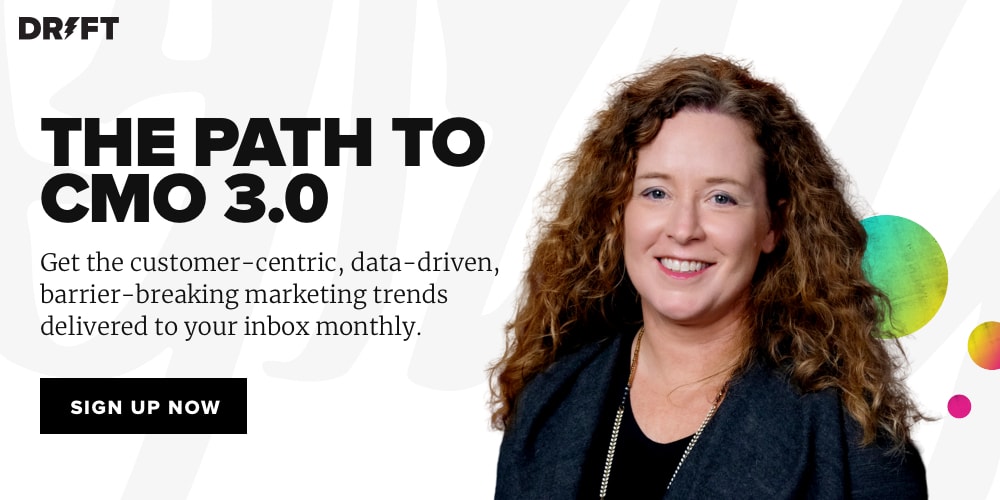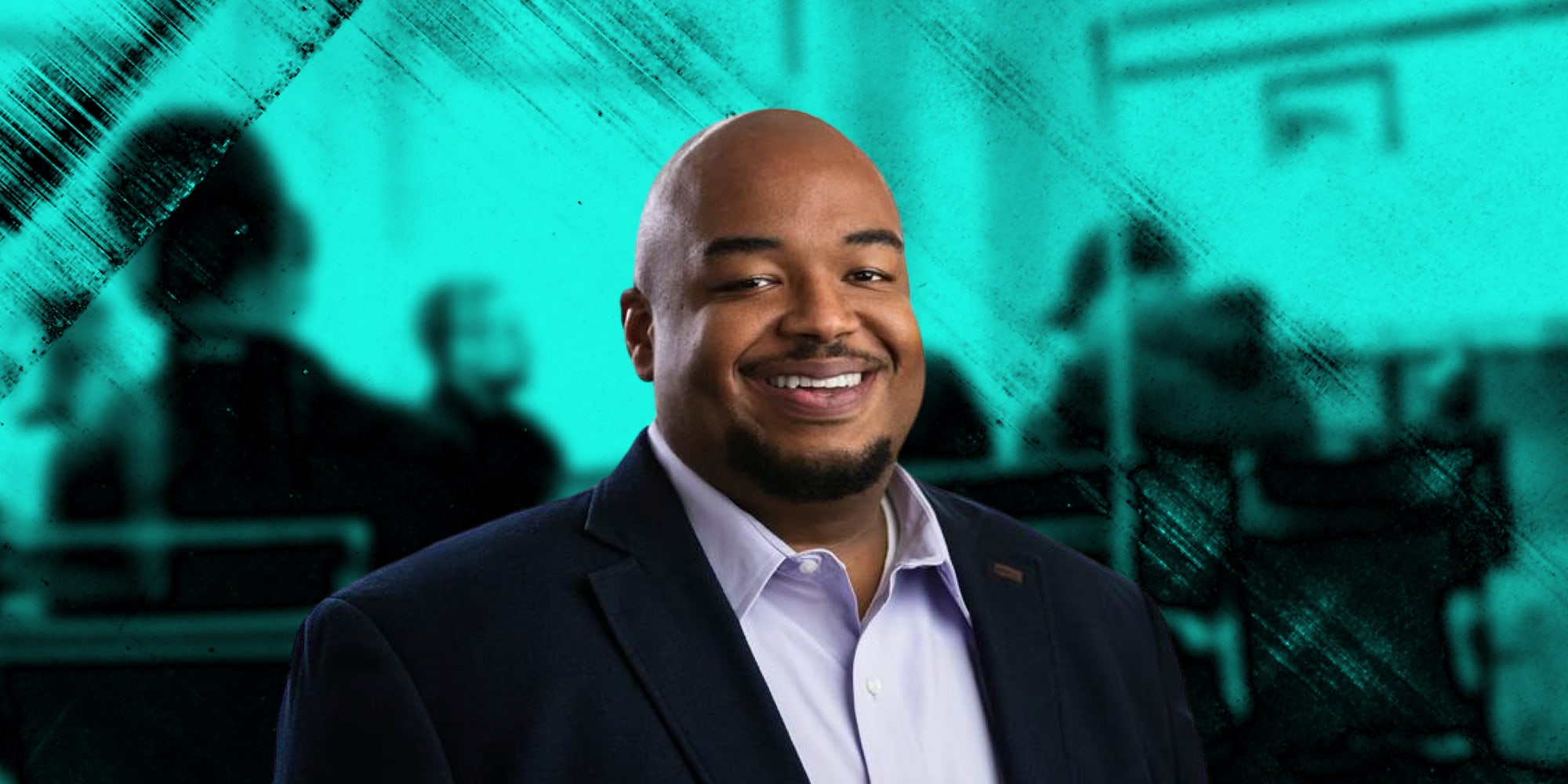
“Great brands will be able to play a role in society greater than just selling a product. And that will likely pay off in the long-term.” – John Sculley
?Marketing giant John Sculley made a career out of taking risks.
In an interview with The Drum, John shared his past challenges building brands at Pepsi and Apple – as well as advice for marketers navigating our uncertain times.
During his career, John saw time and again that long-term brand success lies in taking chances, taking a stand, and investing in loyal customers. He sees this year as one of those defining moments for businesses.
I couldn’t agree more.
Marketing is all about taking risks – especially in moments of uncertainty.
But risk-taking isn’t all about throwing your budget behind flashy campaigns or pivoting your go-to-market motion overnight. Today’s marketing risk-takers are those speaking up for social causes, taking action on promises, experimenting and learning from mistakes, and being human first.
What you do now will have a lasting impact on your future customer relationships and the brand you want to build five, 10 years down the line.
In the next few sections, I’m sharing four ways marketing can start taking more risks and come out stronger on the other side.
Be Authentic
It’s hard to see the word “brand” and “authenticity” in the same sentence and not do this ?
There’s a reason for that: Many businesses try to mimic versus practice authenticity. And customers can smell inauthenticity a mile away.
So how can you start building a brand that is truly authentic? As with most brand-building exercises, it starts internally:
- Be transparent (both internally and externally). Internally, focus on making marketing leadership more approachable, reachable, and most importantly, accountable. Additionally, encourage your teams to share their work, learnings, and successes. Marketing should also own internal comms to build a sense of community in a company. We have an internal newsletter we ship out each week to keep the company up-to-date about new roles, cool projects, funny tweets from Drifters, and more. Employees love it, and it’s an important part of our culture.
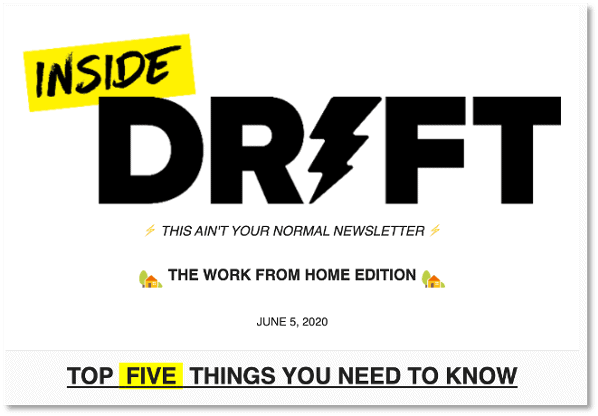
Externally, focus on showing a day-in-the-life. We use Drift faces in our marketing, but we also started running an Inside Drift blog series where we interview different members of our team.
- Write like a person. If your messaging doesn’t come off as authentic, it will be difficult to create trust with your audience. That’s why we write like we talk in our marketing and communication at Drift.
- Own mistakes. When Drizly accidentally sent a mass email with a personalization faux pas, it wasn’t a good look. What was a good look? Their follow-up email and ability to turn a mistake into a marketable moment (our marketing team also loved it) ?
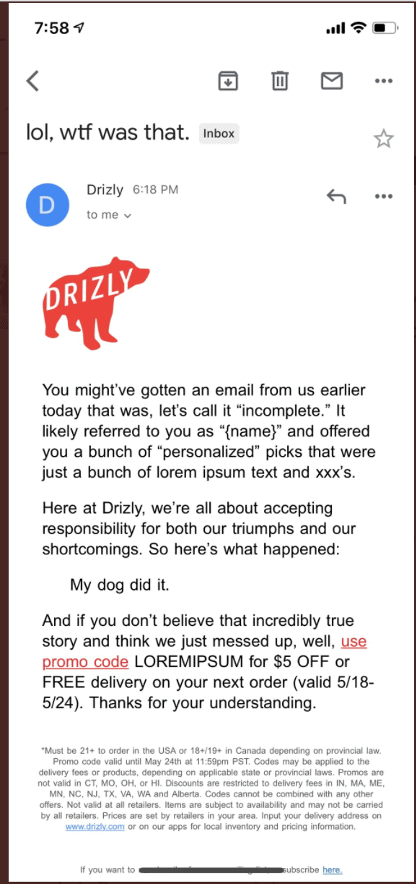
People crave humble moments like these. Own your mistakes, and don’t be afraid to call out past transgressions. Just make sure you also take action on that ownership.
Take Action
The Black Lives Matter protests sparked by the murder of George Floyd have drastically reshaped conversations around race, Black lives in America, and inequality in the workplace. It also changed how companies respond to social causes and crises.
We at Drift issued our own message in support of the Black community.
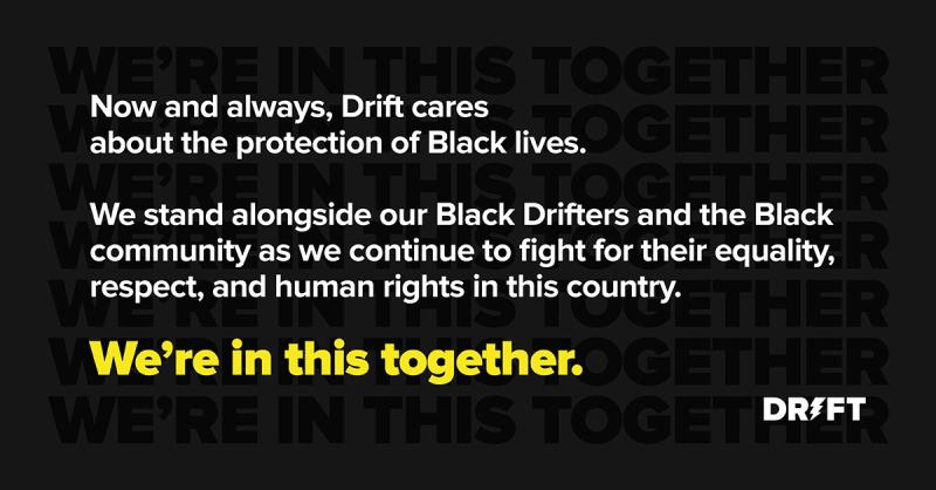
But we know actions speak louder than words. We followed up on our communication with the steps we are taking. Here are some of the actions we’ve already taken, and plan to continue in the future:
- On June 16th, we joined together with other companies to discuss what actions we can commit to as a community moving forward in our Turn Words into Action webinar.
- We are amplifying Black voices on our blog and social channels. If you are interested in sharing your voice, please reach out to Gail at gaxelrod@drift.com. I absolutely loved this article from our customer Kyle Sutton, Senior Director of Marketing at SolarWinds, on why representation is critical in marketing, and why we must do better.
- So far Drifters have donated over $40,000 to 75 different organizations that support the Black community. The Drift Board has also donated $100,000 to Hack.Diversity. This organization is dedicated to bringing underrepresented talent to fast-growing tech and healthcare companies.
Today’s marketing teams and brands must take action in addition to vocalizing support. This is a specific example of how taking action creates greater trust with your audience. But the same lesson can be applied across your marketing. From the promises you make in your headlines and advertising to the commitments you make to customers.
Continue to Experiment
Getting out of your comfort zone as a marketer is necessary to innovate and provide value to your audience.
During hardships, experimenting is especially important to forge new paths. Our own experience with virtual events was a learning curve. We’d never done them before! But COVID forced us to pivot. And we’re the better for it.
Our VP of Marketing, Kate Adams, had a similar take on risk-taking as John Sculley during this pivot. There’s more risk in inaction than taking chances:
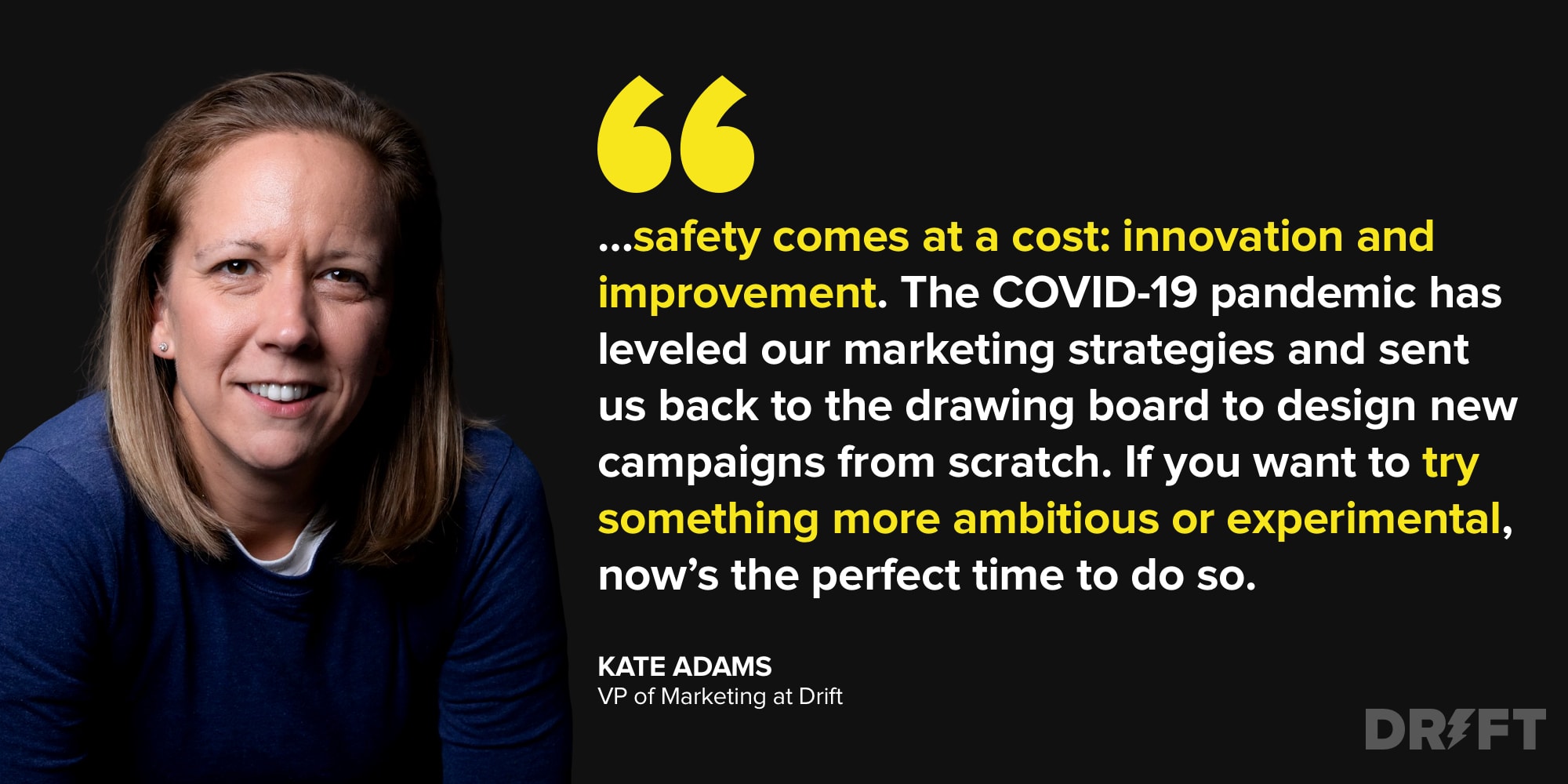
Marketing should always function as an experiment. Building a testing culture on your team will allow you to iterate, improve, and innovate faster. From advertising to landing pages to design to campaigns – every activity should be monitored and improved on.
Practice Empathy
Practicing empathy may not seem inherently risky. Yet many brands shy away from appearing vulnerable and getting close to their employees and customers.
But what does empathy even look like in marketing?
First, it comes down to how you communicate with your buyers and customers across their journey with your brand – from sales to marketing to customer success conversations. Understanding a pain and providing value is how you turn a customer relationship into a partnership.
Second, you need to practice empathy internally. As a marketing leader, it’s on me to make my team successful. Ensuring their personal well-being is a big part of that. You can learn more about marketing’s role in creating a better employee experience here.
Finally, building a truly empathetic brand has to start at the top. Your c-suite should be walking the walk and talking the talk. They should be corralling around social causes your brand is promoting and be open and transparent in their public-facing communication ?
Final Thoughts
To create a great brand, you need to be more than just the products you sell. That’s why marketing is such a key player.
To recap, if you’re looking to take greater risks in your marketing, start building the characteristics of beloved brands:
- Be authentic both internally and externally.
- Take action and keep your promises.
- Continue to experiment, even in times of hardship.
- Practice unapologetic empathy.




